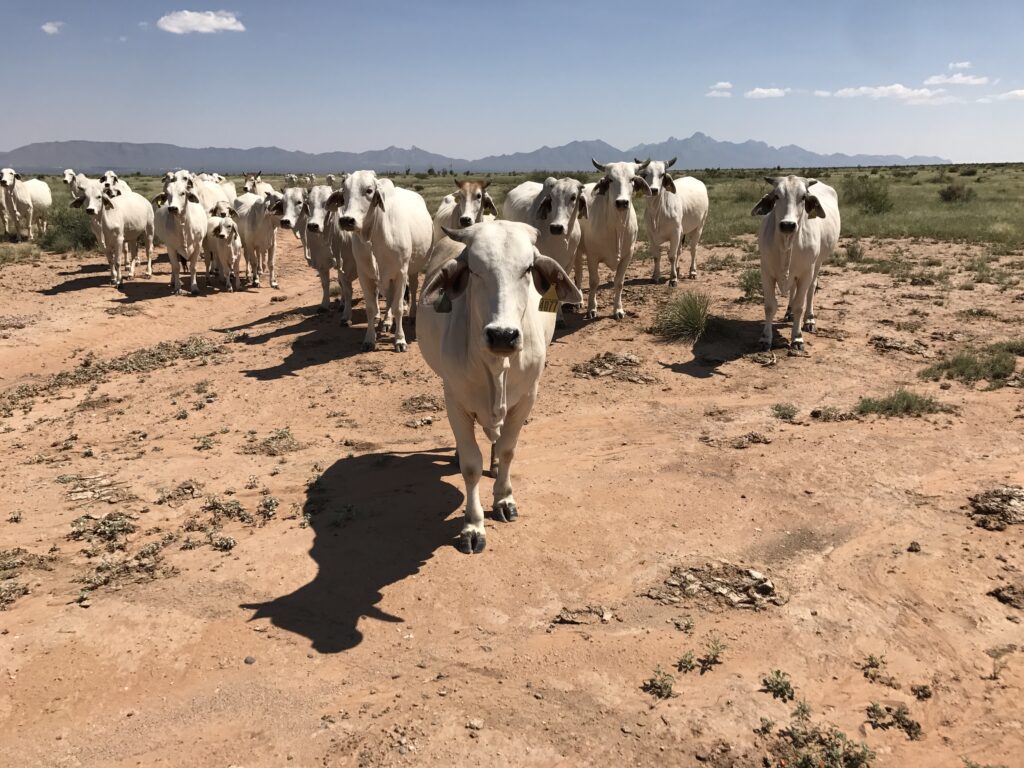Around 77% of global agricultural land is dedicated to grazing livestock and many of these rangelands overlap with the Earth’s driest regions. Grazing has many beneficial effects such as reducing fire fuel loads, enhancing primary production, and increasing plant diversity. However, under certain conditions, grazing can also cause rangeland degradation and desertification. Little research has been conducted to evaluate why grazing can be positive in some arid contexts and negative in others.
Attempting to fill this knowledge gap, a new study co-authored by Jornada Basin PI Osvaldo Sala illuminates the connections between grazing, climate, soil, and biodiversity. Published in the journal Science and led by Fernando T. Maestre of the University of Alicante, Spain, this study provides the first global field assessment of the ecological implications of grazing livestock on drylands.
To capture the full diversity of drylands, this study evaluated 98 dryland sites spanning six continents. Linear models were used to create profiles of each grazing field site. Then scientists statistically accessed specific environmental variables such as precipitation, temperature, and herbivore diversity to determine the importance and the effect of each variable on overall ecosystem function.

This study evaluated grazing’s effects on a massive amount of ecosystem functions assessing vascular plants, belowground soil microbial diversity, as well water regulation, soil carbon storage, organic matter decomposition, erosion control, and others.
In general, warmer sites, especially those with high rainfall seasonality, had lower rates of carbon storage, organic matter deposition, and erosion control under high amounts of grazing. Conversely, grazing had a positive effect on colder and species-rich areas. Additionally, a greater diversity in herbivores proved to have positive effects on soil carbon storage, aboveground plant biomass, and forage quality under the right conditions. Other results were more complicated. The effect of grazing pressure on ecosystem services can be positive or negative depending on local climate, soil, and biodiversity conditions.
Finding the most accurate models can help predict the fate of dryland ecosystems threatened by climate change and increasing human land use. When considering the future health of drylands, evaluating individual variables is not enough. Rather, the complex interactions between variables such as climate change drivers, grazing, soil health, and biodiversity and their compounding effects must be evaluated as well. With a large proportion of the human population relying heavily on livestock for subsistence in warmer arid lands, models can help communities avoid the consequences of over-use such as land degradation, desertification, scarcity, and, ultimately, poverty. However, this work is just the beginning. If anything, this study proves that not all drylands are created equal, and each community should evaluate the specific and unique qualities of their local economy and environment when looking for sustainable grazing solutions.
To read the full article click here: DOI: 10.1126/science.abq4062